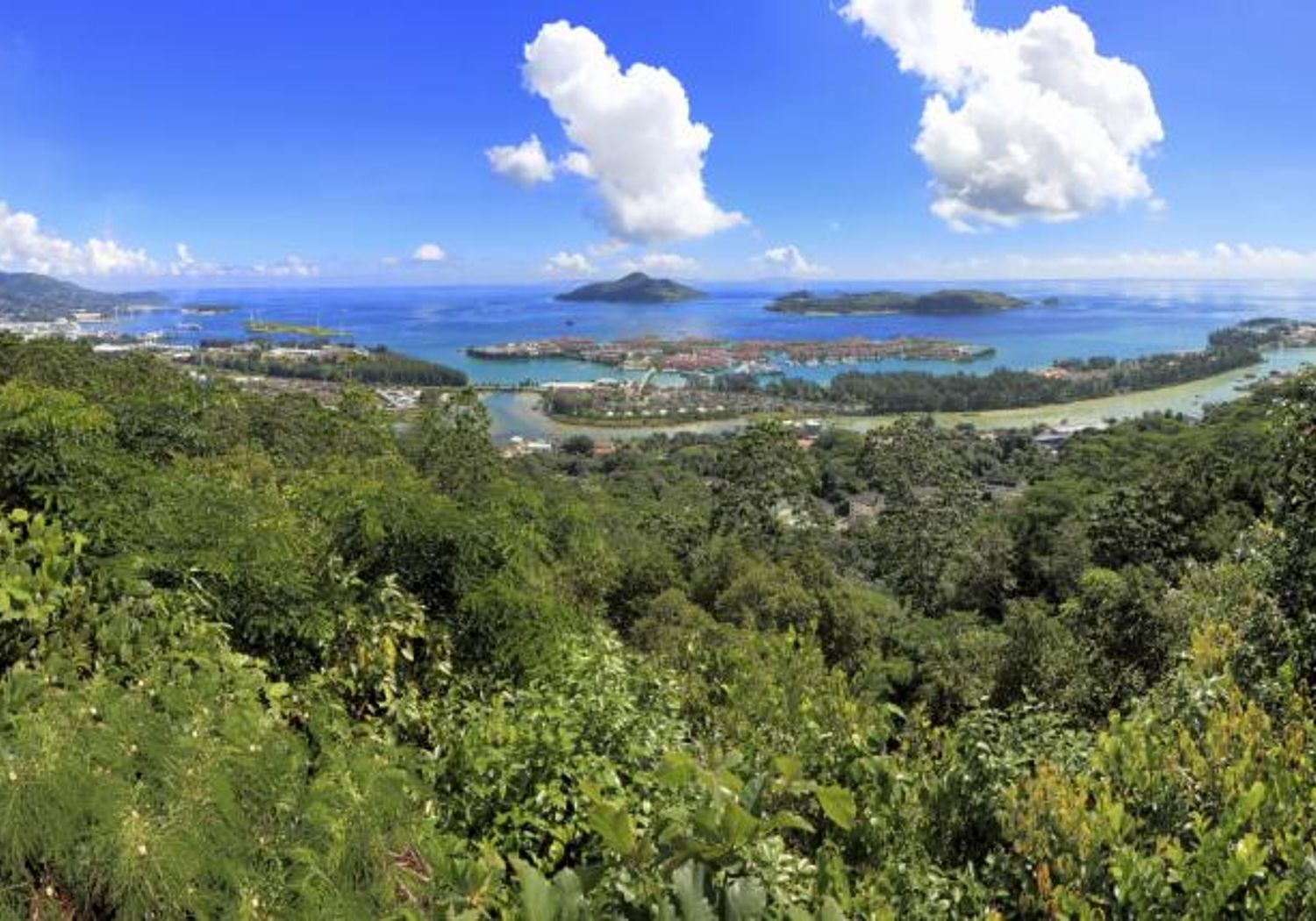Metrology for essential climate variables
Essential measurements for climate monitoring: Improving measurements of key climate variables in water, land and air

As weather extremes become more frequent due to climate change, society will have to respond to challenges that include threats to human habitation and food supply security. To prepare for such risks, climatologists draw upon disciplines ranging from oceanography to atmospheric physics to make longterm predictions. Identifying climate trends, however, depends on land-, sea- and air-based monitoring instrumentation for measuring key parameters such as temperature and humidity. By improving the SI-traceability and measurement accuracy of weather station instrumentation, the data quality can be raised to a level suitable for long-term climate change monitoring.
This project investigated the performance of various climate-monitoring instruments under the extreme conditions likely to be encountered in the upper atmosphere, deep sea, or mountain environments. This project builds upon the previous EMRP project Metrology for pressure, temperature, humidity and airspeed in the atmosphere.
The Project:
- Developed a humidity calibration chamber for radiosonde instrumentation, which is used to monitor water vapour in the upper atmosphere, thereby improving measurement accuracy.
- Developed a high-pressure testing facility for the calibration of temperature sensors for use in deep sea environments
- Investigated the contribution to recorded temperature readings of snow-reflected solar radiation and weather station surroundings leading to the introduction of improved corrections for ambient temperature measurements
- Devised a protocol for confirming the equivalence of calibrations performed on temperature, pressure and humidity instrumentation used at weather stations. This has been adopted by the World Meteorological Organisation Commission for Instruments and Methods of Observation for use in large scale laboratory performance comparisons.
This project assessed a range of instrumentation for long-term climate monitoring and this led to the development of methods for improving the measurement accuracy for humidity and temperature, both essential climate variables. The calibration technique developed for radiosonde humidity probes has been adopted by the Global Climate Observing System (GCOS) Reference Upper-Air Network (GRUAN), a leading international network of climate-monitoring stations. Now that facilities are available for the validation of precision temperature probes at high pressures, it will be possible to measure changes at the millikelvin (mK) scale in deep sea environments. Although these are very small temperature changes these equate to huge changes in the energy stored by the world’s oceans. The project derived protocol for confirming equivalence between routine weather station temperature, pressure and humidity instrumentation calibrations has been adopted by the World Meteorological Organisation Commission for Instruments and Methods of Observation for use in large scale laboratory performance comparisons.
By bringing together measurement science and user communities, this project has successfully delivered a range of improvements for greater accuracy in long-term climate change monitoring.
EMPIR projects 17SIP02 SimpleMeteoU, 19SIP03 CRS and 19SIP06 COAT build on this work.
International Journal of Thermophysics
Metrologia
International Journal of Climatology
Measurement Science and Technology
Metrologia
International Journal of Thermophysics
Meteorological Applications
Journal of Geophysical Research: Atmospheres
Metrologia
Metrologia
METEOROLOGICAL APPLICATIONS
International Journal of Climatology
METEOROLOGICAL APPLICATIONS
METEOROLOGICAL APPLICATIONS
METEOROLOGICAL APPLICATIONS
METEOROLOGICAL APPLICATIONS
Measurement Science and Technology
Participating EURAMET NMIs and DIs
BEV (Austria)
CEM (Spain)
CMI (Czechia)
DTI (Denmark)
IMBiH (Bosnia and Herzegovina)
INRIM (Italy)
IO-CSIC (Spain)
LNE-CETIAT (France)
LNE-LCM/CNAM (France)
MIKES (Finland)
MIRS/UL-FE/LMK (Slovenia)
NPL (United Kingdom)
PTB (Germany)
SMD (Belgium)
UME (Türkiye)
VSL (Netherlands)
Other Participants
Service hydrographique et océanographique de la Marine (France)
Information